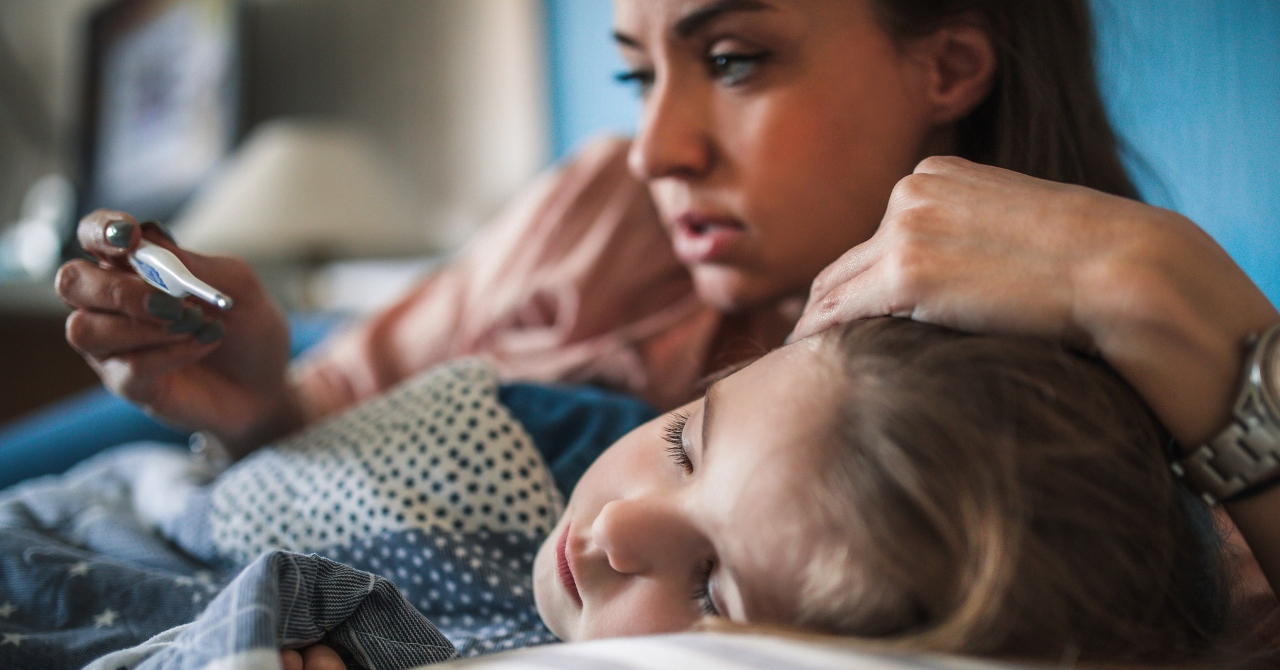The outbreak of COVID-19 has had an enormous impact on how health information is communicated, how individuals seek health information and services, and how these services are delivered. There has been a dramatic reduction in the number of children and families seeking health care, as well as delays in seeking health care.
Visiting the emergency department (ED) can be scary and overwhelming, especially when you don't know what to expect and you're trying to care for your sick child. It's become even more challenging for families because of changes to hospital policies as a result of the COVID-19 pandemic.
It's important for families to understand essential health information and know when to use health services. This helps parents and families make informed decisions so their children receive the care they need, when they need it.
Bring your child to the emergency department if they have any of the following symptoms:
- Difficulty breathing
- Pauses in their breathing, or has an irregular breathing pattern, or starts grunting to breathe
- Blue lips or skin, or looks very pale, mottled and feels abnormally cold to touch
- Seizure
- Anaphylactic reaction
- Excessive vomiting, especially if there is blood in the vomit
- Diarrhea and vomiting, and have not peed for several hours or have no tears
- High fever, appear very sleepy, and have not improved with acetaminophen (Tylenol) or ibuprofen (Advil)
- Extremely distressed, confused, and appear very sleepy or unresponsive
- Develops a rash that does not go away with pressure
- Under three months of age and have a fever greater than 38C (100.4F)
If you are unsure whether or not your child needs to go to the ED, call Health Link by dialing 811 for advice from a registered nurse. They will ask questions, assess symptoms and determine the best care for your child.
Some hospital procedures have changed during the pandemic. If you're directed to take your child to the ED, here are some examples of what to expect:
Expect additional screening processes. This may include asking about your child's symptoms, if you or your child have travelled in the past 14 days, and if you or your child have had close contact with a suspected or confirmed case of COVID-19. In some EDs, patient waiting areas may be separated based upon additional screening.
The ED may look different. There may only be one entrance that is open. Most hospitals only allow one parent or caregiver to come in with a sick child.
Hospital staff will also look different. They will be wearing personal protective equipment such as gowns, masks, eye shields and gloves. This may be scary for your child. You and your child may also be asked to wear masks.
With this pandemic likely to last for a while, we need to make sure people are getting timely care for what they need. If your child is experiencing symptoms that on any other day would require a trip to the ED, take them to the ED.
Your emergency department is safe-if you need to go, you should.
Shannon Scott is a professor in the Faculty of Nursing, director of the Translating Evidence in Child Health to Enhance Outcomes (ECHO) program, Stollery Science Lab Distinguished Researcher, and Canada Research Chair in Knowledge Translation for Child Health. Lisa Hartling is a professor in the Department of Pediatrics, director of the Alberta Research Centre for Health Evidence, Stollery Science Lab Distinguished Researcher, and Canada Research Chair in Knowledge Synthesis and Translation. Hannah M. Brooks is research manager of the ECHO program.
This opinion-editorial originally appeared June 24 in the Edmonton Journal.
